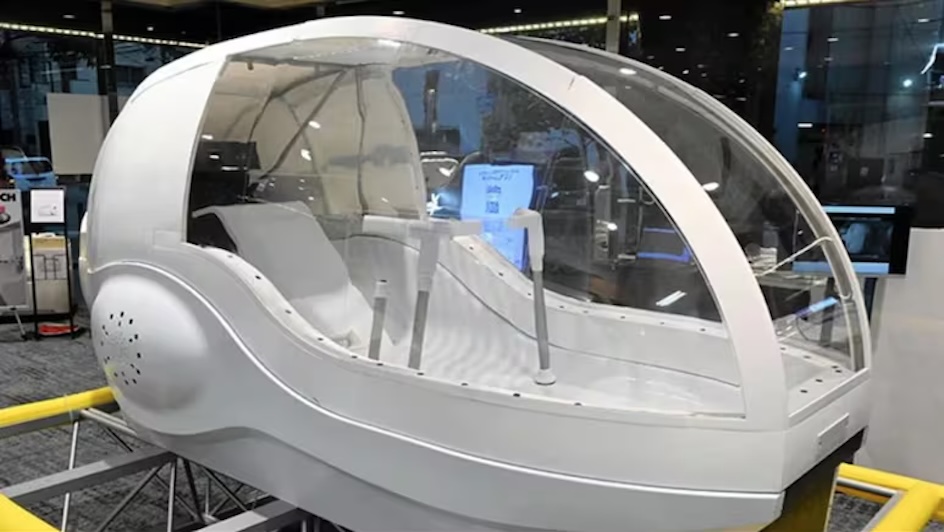Cosmic Rays Offer New Way of Navigating

In the days before satellites and the Global Positioning System (GPS), people used the moon, stars and sun to find their way around the globe. Now, researchers from the University of Tokyo (UTokyo) claim they have discovered a new means of navigating via sub-atomic particle rays, or muons.
According to UTokyo physicist and study lead, Hiroyuki Tanaka, these high-energy particles, which are created by cosmic rays colliding with atoms in Earth’s atmosphere, can penetrate deep into any matter or surface, such as an underground parking lot, which surpasses the capabilities of GPS.
“Cosmic ray muons fall equally across the Earth and always travel at the same speed [roughly 10 000 per square metre per minute] regardless of what matter they traverse, penetrating even kilometres of rock,” says Tanaka. “Now, by using muons, we have developed a new kind of GPS, which we have called the muometric positioning system (muPS), which works underground, indoors and underwater.”
GPS works by bouncing a signal between a satellite and a receiver device, not unlike how bats use echolocation. Meanwhile, muPS uses cosmic rays, allows for tracking within a two-to-25 metre-margin, and allows a range of up to 100 metres, which is just a starting point.
The study claims that muPS also has the potential to provide highly accurate location information for search and rescue missions, deep sea cartography and mining exploration.





















